Ancient Silk Road – Hexi Corridor
In the ancient time, pioneers, like Marco Polo, traveled on Silk Road with a diary to record what they saw and experienced. Today, you will travel the same way but with a camera. We are not able to witness the tragic wars, ancient caravans and markets, but we can still feel the very solemn weight of history, see the same landscape as Marco saw, praise the brilliant artic works. More importantly, you can keep the real actual things in your camera instead of writing in a diary like Marco Polo.
China possesses more than a half distance of the whole ancient Silk Road, while Gansu occupies the most important part – Hexi Corridor on which Zhangye, Jiayuguan and Dunhuang are three most impressive destinations with profound historical sites and marvelous natural landscape. Now take our classic itinerary to explore their unique beauties.
This Silk Road photography tour can be customized depending on which sites your want to visit, what photos you want to take, and on the weather condition when you go. Feel free to tell your interests and ideas to your personal travel consultants!
Travel Route: Lanzhou / Zhangye / Jiayuguan / Dunhuang /
Travel Length: 8 Days
Tour Code: CD-SPT-08
Tour Type: Customizable Private Tour
Departure: You Choose (you may plan it according to the best season and time.)
Welcome to Lanzhou - city of Yellow River. Once your arrival at Lanzhong Zhongchuan Airport or Lanzhou Train Station, you will be pick up by your local guide, then be escorted to your hotel in a private vehicle. The rest of today is yours to this northwestern historical city on your own.
Today you will explore the best highlights of Lanzhou city. First stop is the White Pagoda Mountain. You can hike up the staircases to the top of the mountain, which is a awesome experience. If you don't want to bear the walk, you can take the cable car (Y35 to go up, Y20 to come down). On the top of the hill is the White Pagoda built in Yuan Dynasty with Lamasery style. Last, learn a great lesson of Gansu history and culture in the Gansu Provincial Museum. Don't miss its two best features: Buddhism Culture Hall and Pottery Culture Hall.
Check out from your hotel and take train(D2749-17:10, or D2743-17:40) to Zhangye which takes about 3 hours.
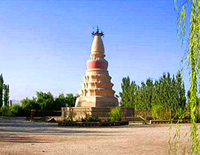
After breakfast, you will go to visit the Giant Buddha Temple which is famous for having the largest indoor sleeping Buddha in Asia. This temple was built in Xixia Dynasty(1098), and keeps many precious Buddhist scriptures and wall paitings.The Buddha statue was carved by woods with a length of 34.5 meters. His ears are as big as the space which 4 adults can sit side by side.
In the afternoon, drive about an hour to visit the Zhangye Danxia Landform. Danxia landform is a spectacular petrographic geomorphology landscape which is formed from red-coloured sandstones and conglomerates. The one in Zhangye was formed in the pre-Jurassic Age. Thousands of mountains and stiffs stretch like the colorful sunset glow.
Drive back to Zhangye.
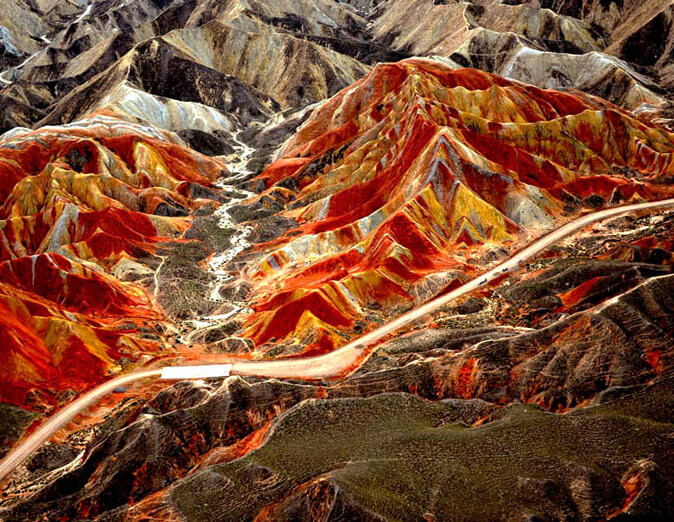
Today you will dirive about 3 hours to Jiayuguan.
In the afternoon, visit the Jiayuguan Fort. Wander on the ancient city wall, and feel the heartbeats of the “first pass under heaven”. Then stroll to visit the Great Wall Museum where you will learn about history of Jiayuguan and the Great Wall.
When taking photos of Jiayuguan Fort, you can set the surroundings as the backgrounds or setoffs. The pleasant views, with the permanently snowcapped Qilian Mountains to the north and the black Mazong Mountains to the south, couldn’t be better scene to shoot.
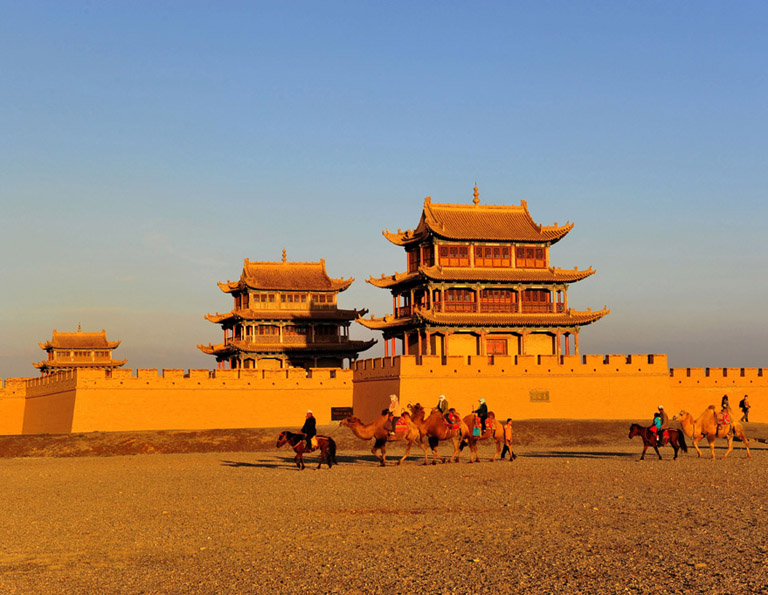
Today you will drive to Dunhuang from Jiayuguan in the early morning. On route, visit the Yulin Grottoes. The forty-two caves house some 250 polychrome statues and 4,200 square meters of wall paintings, dating from the Tang Dynasty to the Yuan Dynasty (seventh to fourteenth centuries).
After visiting Yulin Grottoes, keep driving to Dunhuang City.
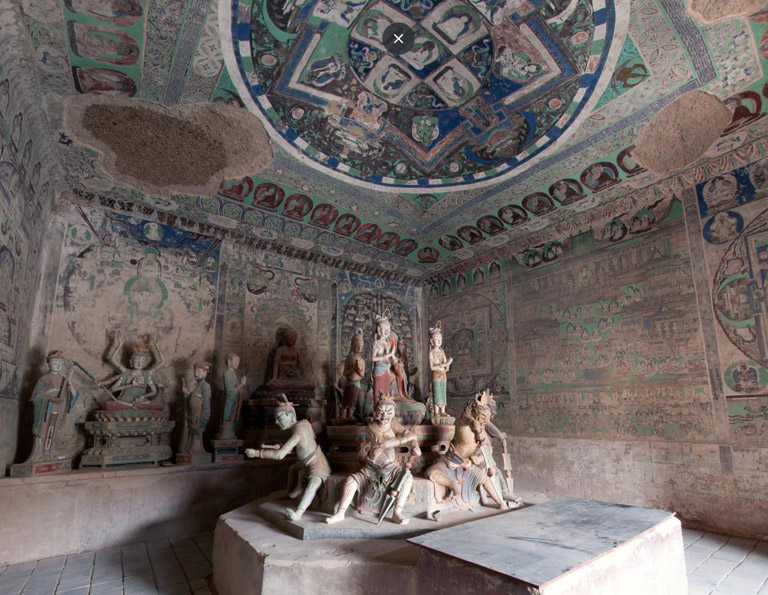
After breakfast, start your full day Duhuang culture and sightseeing trip.
Firstly, drive from the Dunhuang city to visit the Mogao Grottoes. It is famed as the “Louvre of East”, which is outstanding for its exquisite mural paintings and statues. There are now 492 grottoes in which about 45000 square meters mural paintings and 2100 colorfully painted statues have been preserved very well. To preserve relics in the caves, it is not allowed to take photos inside the caves. . From outside of caves, you can take some great photos of serried caves built in the high cliffs.
The following attraction is the Echoing Sand Mountains. It is said, in the sunny days, the sand mountains echo like Orchestra music even if there is no wind. If you slide from the sand mountains, you can hear the echoing sound clearly.
Your last things to do for today is the Crescent Lake. Surrounded by sand mountains from four directions, the Crescent Lake is a beautiful oasis with some well decorated traditional Chinese architecture, some trees and flowers and a lake that has never dried up. To witness the best scenery of the Crescent Lake, you need to climb to the top of the Singing Sand Dunes. The best hours for shooting are around sunrise and sunset. The strong light in the daytime creates strong noise. Besides, the temperature is very high.
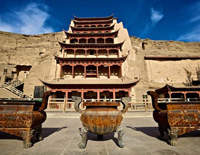
Today’s highlight is the Yardang National Geopark. Yardang has been created over time by the sort part of the earth surface having being eroded by wind and rain, with the hard part of the rocks remaining in the desert. You will drive from Dunhuang city westwards. On route, visit the Yumenguan Pass and Ruin of Great Wall of Han Dynasty.
Drive back to Dunhuang City.
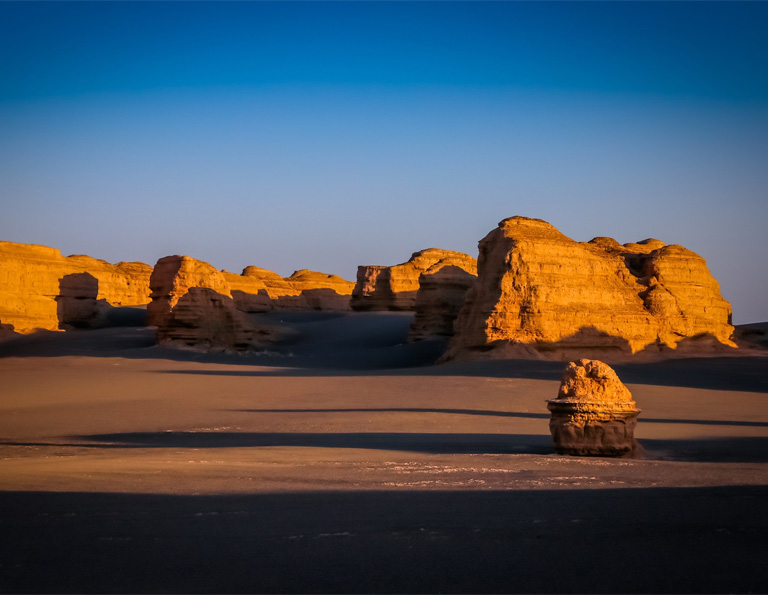
Today is free for you to arrange activities until you tour guide see you off at the Dunhuang Airport/Train Station.
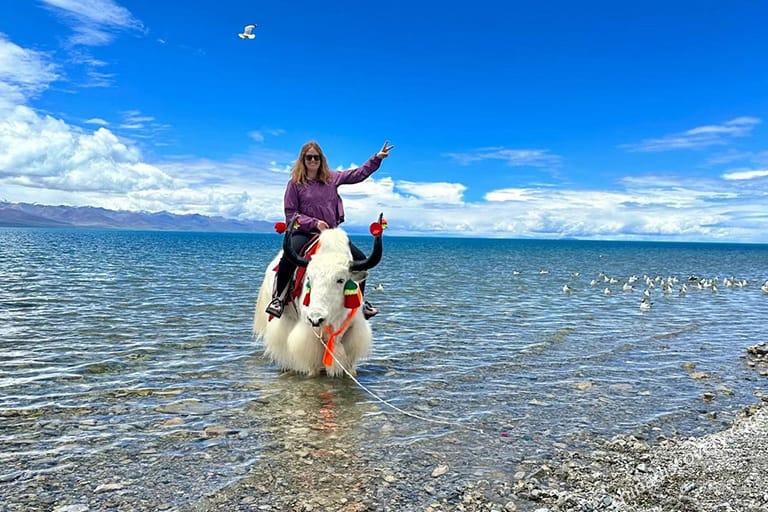
Lhasa / Namtso Lake / Lhasa
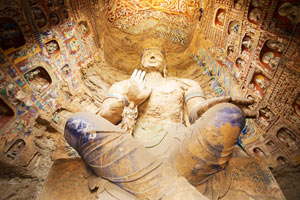
Datong / Pingyao / Taiyuan
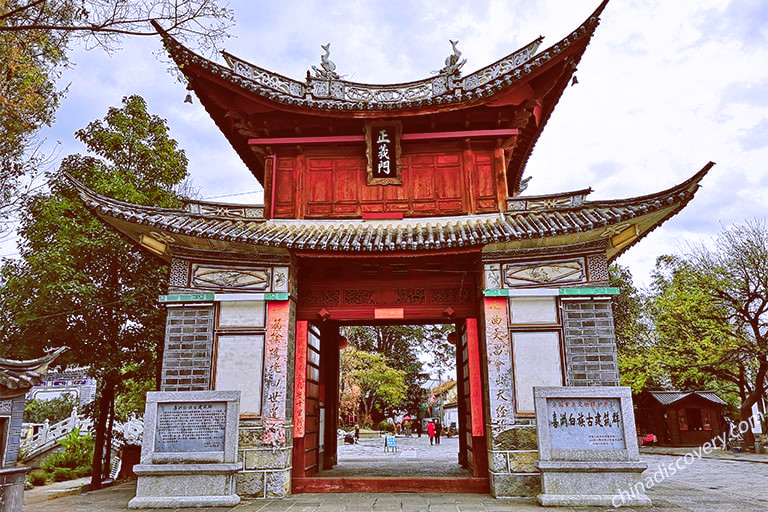
Kunming / Dali / Lijiang / Shangri-La